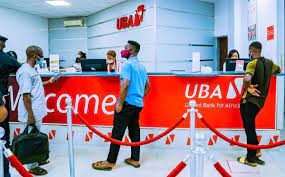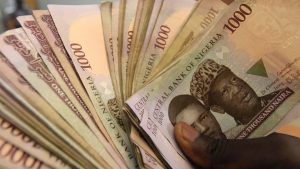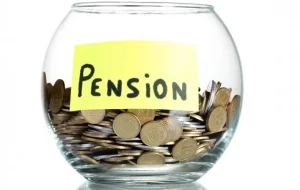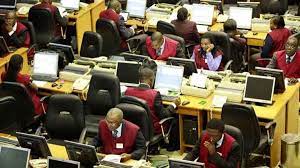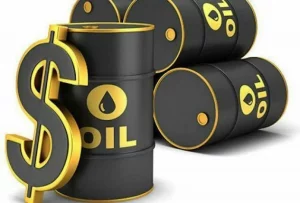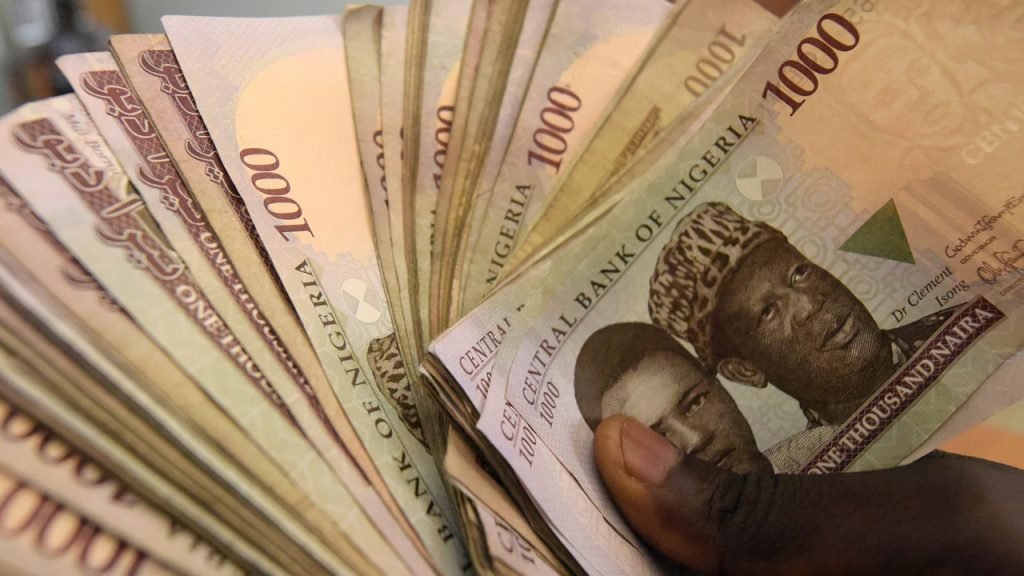
By David Akinmola
The naira continued its downward slide in the parallel market on Monday, weakening to ₦1,565 per dollar—the lowest level in over a week—as demand for foreign exchange outpaced available supply.
This marks the widest gap between the official and unofficial exchange rates in recent days, raising renewed concerns over forex market volatility and inflationary pressure.
Traders in Lagos and Abuja confirmed the dollar was being sold at between ₦1,560 and ₦1,565 in street markets, compared to around ₦1,535 to ₦1,540 late last week. At the Nigerian Autonomous Foreign Exchange Market (NAFEM), the naira closed at approximately ₦1,520/$1, leaving a spread of over ₦40 between both windows—the highest since late July.
Market analysts attribute the widening gap to lingering forex scarcity, speculative demand, and delays in foreign inflows. Although the Central Bank of Nigeria (CBN) has maintained its commitment to a market-driven exchange rate, the limited supply of dollars in official channels continues to push demand to the informal market.
“The demand pressure has not eased, especially from importers and individuals planning overseas transactions,” said a bureau de change operator in Lagos. “There’s also the influence of speculation because many believe the naira may fall further in the coming days.”
The weakening of the naira comes despite recent policy efforts by the CBN to stabilise the exchange rate, including clearing a significant backlog of dollar obligations and tightening monetary policy. The apex bank has also increased its intervention in the official window, although dealers say the volume remains insufficient to meet rising demand.
The situation poses risks for inflation, which has remained elevated. Imported goods and services could become more expensive, further eroding purchasing power for many Nigerians. Analysts say unless dollar supply improves or demand eases, the naira may continue to face pressure in the short term.
With the exchange rate now a key indicator of investor confidence and economic stability, the widening gap between official and parallel rates is likely to draw the attention of policymakers and market participants alike in the days ahead.


